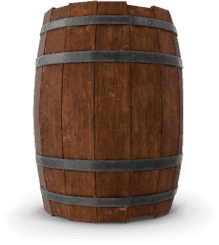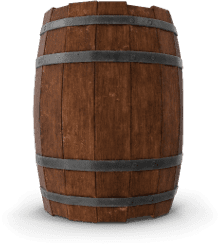 Learn
Learn
distilleries
Tomatin Distillery
Tomatin Distillery is based in the Highlands village of Tomatin, 16 miles south of Inverness and is the local area’s main claim to fame. In the 1970s, it was the largest malt distillery in Scotland with 23 stills, though at present there are 12.
The Tomatin area has seen whisky production taking place along the banks of the River Findhorn since at least the 15th Century, initially illegally. Tomatin’s name translates to ‘Hill of the Juniper bush’, named after the wood that was popular with distillers because it didn’t give off any smoke that might draw attention to their activities.
Legal whisky production came to the area in 1897 when John MacDougall, John MacLeish and Alexander Allan opened The Tomatin Spey District Distillery. Its isolated location might have seemed an unusual place to open a business, but with a nearby railway line, a history of whisky production and a supply of Highland water, it proved to be ideal.
Of course, the workers needed somewhere to live, and the village of Tomatin grew around the new distillery. To this day, the distillery owns 30 houses that are occupied by employees. The distillery grew in 1956 when the number of stills doubled from two to four, and by 1974 there were 23 and the distillery had the capacity to produce 12 million litres of whisky a year.
However, when a decline in the market happened in the 1980s, demand from third party producers of whisky dropped dramatically and the Tomatin Spey District Distillery went bust in 1984. Two years later it was brought back from the brink by Japanese company Takara Shuzo and became the Tomatin Distillery.




